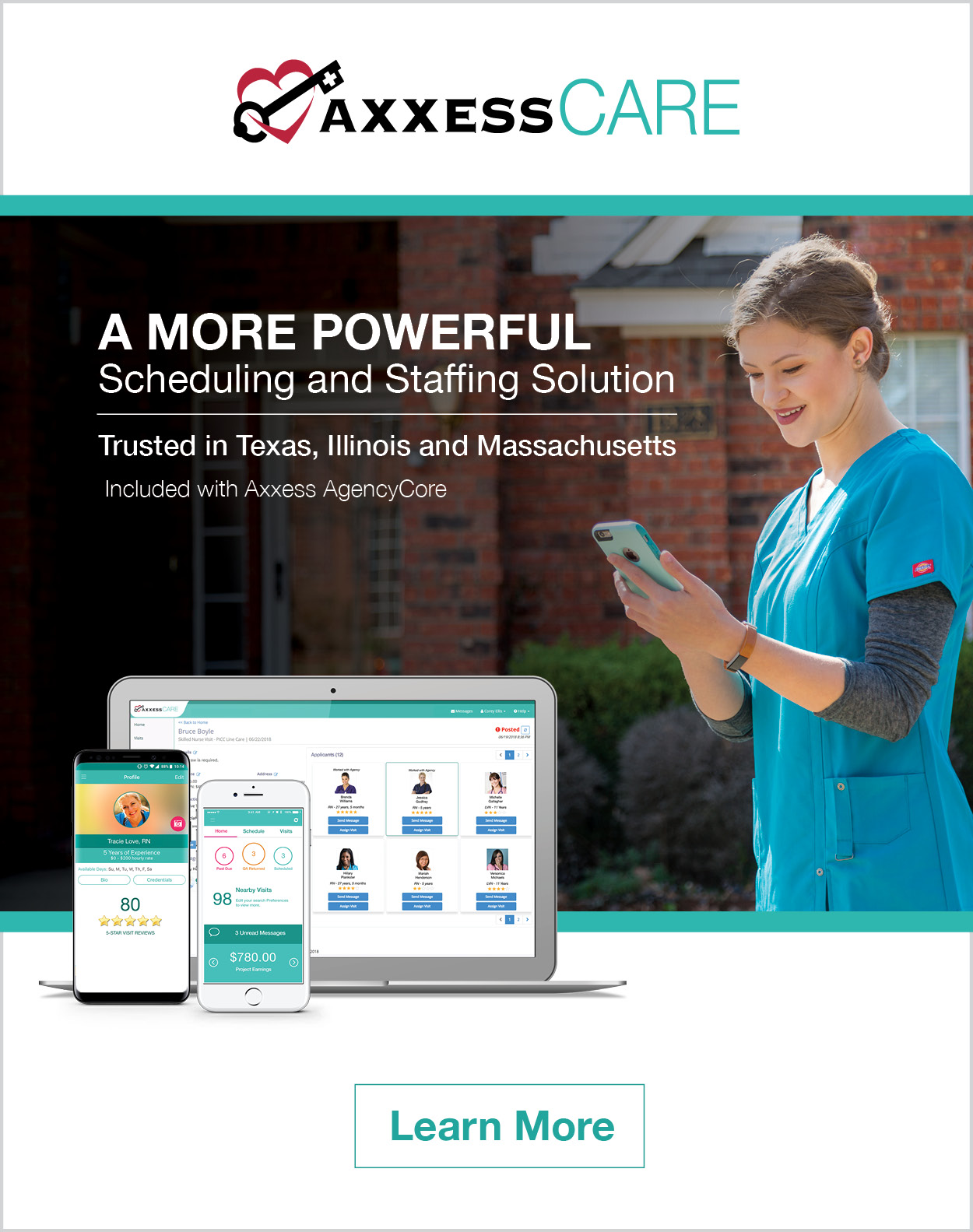This blog article was featured originally on the Alliance for Home Health Quality and Innovation(AHHQI) website. Dr. Jack Lewin is the Chairman of the National Coalition on Health Care. Dr. Lewin is a primary care physician trained in internal medicine with experience in medical practice, public health, hospital leadership, health policy, and association leadership. He previously served as the Chief Executive Officer for the American College of Cardiology and currently serves on the board for the eHealth Initiative at the National Coalition on Health Care.
It’s common knowledge among health policy insiders that reducing unnecessary hospitalizations and rehospitalizations is where the big savings in health care expenditures will be achieved. However, as long as hospitals are paid on a volume of admissions basis, there is little financial incentive for hospitals and/or hospital-based physicians to reduce preventable admissions and hospital-based services. That’s why all the policy wonks want doctors like me—and the hospitals with which we work—to shift to new payment models that reward better outcomes at lower costs (“value”): models where the lower costs will largely be generated by reducing unnecessary hospital care.
Medicare has begun penalizing hospitals that have higher rates of re-admissions. In many parts of the country, 30% or more of Medicare patients discharged from the hospital bounce back within 30 days; comparing similar populations of patients in some settings, that number can be as low as 10%. There’s a lot of variation, mostly related to the care and support people receive after they leave the hospital. In my view, the most disruptive innovations coming in the health care of the future will not be the amazing and beneficial developments forthcoming in genetics, genomics, pharmacology or new technology. Rather, I see the big game-changer coming from the application of these kinds of things to the redesign of personalized care models for people at home, in the workplace, and in the community. New models of patient-activated care at home—for prevention, wellness, and disease management—are the future of reducing hospital costs, and health care costs in general. Home care innovation is the most disruptive innovation out there!
It won’t be just hospital care that new models of care at home will radically affect: doctors’ office and outpatient clinic visits will be reduced as well. My friend, San Diego-based cardiologist and author, Eric Topol has widely shared his view that the majority of doctor’s office and clinic visits for established patient-physician relationships are unnecessary and can be replaced with new virtual visits and clinical communications using e-mail and person-to-person video-connections at home and at work. (A video of his interview on Rock Center with Brian Williams may be seen here.) Over the past few years, Kaiser Permanente has reduced outpatient clinic visits by 25% by encouraging more secure e-mail communication with beneficiaries and their caregivers. This kind of care model is more convenient and efficient for everybody, when appropriately applied. Virtual visits, home bio-monitoring, and health apps using mobile devices, will allow doctors, nurses, patients, families and caregivers to be clinically connected more conveniently and effectively—at home and/or in the workplace. I predict that even most medical specialist consultations will occur virtually in the not so distant future.
Even for very sick people, home care will play a much more prominent role. I serve as Chief Medial Officer for an exciting new start-up company called Clinically Home, which is rolling out a novel ‘acute-care-at-home’ model. As part of the model, emergency room or clinic patients being admitted to the hospital, and who meet carefully researched clinical criteria, are offered the option of getting their full-service ‘hospital’ care at their instantly hi-tech-equipped home. We estimate that about 20-25% of people admitted to the hospital in most settings could more comfortably and safely be treated and closely monitored for many clinical conditions at home. In addition to reducing hospital stays, new home care models will increasingly be able to prevent avoidable emergency room visits and admissions to long-term care facilities.
Health care needs to continue to be a personal and intimate experience; but today the primary care doctor is often disconnected from—and often even unaware of—their patient’s admission to the hospital. The inpatient may see a different hospitalist they don’t know on each shift, and scary infectious agents living in hospitals pose a threat to patients. If one doesn’t absolutely need to be in the hospital, why be there? We overuse hospitals, in part, because we don’t have hi-tech, hi-touch, high quality, team-based care-at-home models up and running where most of us live—yet. Hospitals, emergency rooms, doctors’ offices, and long-term care facilities remain vitally important parts of health care’s future, but we need to find ways to improve outcomes, patient satisfaction, and disease prevention and management more consistently and efficiently. Home and community-based care is a critical and under-envisioned key to actually achieving those goals.
Source: http://ahhqi.org/blog/?p=210




